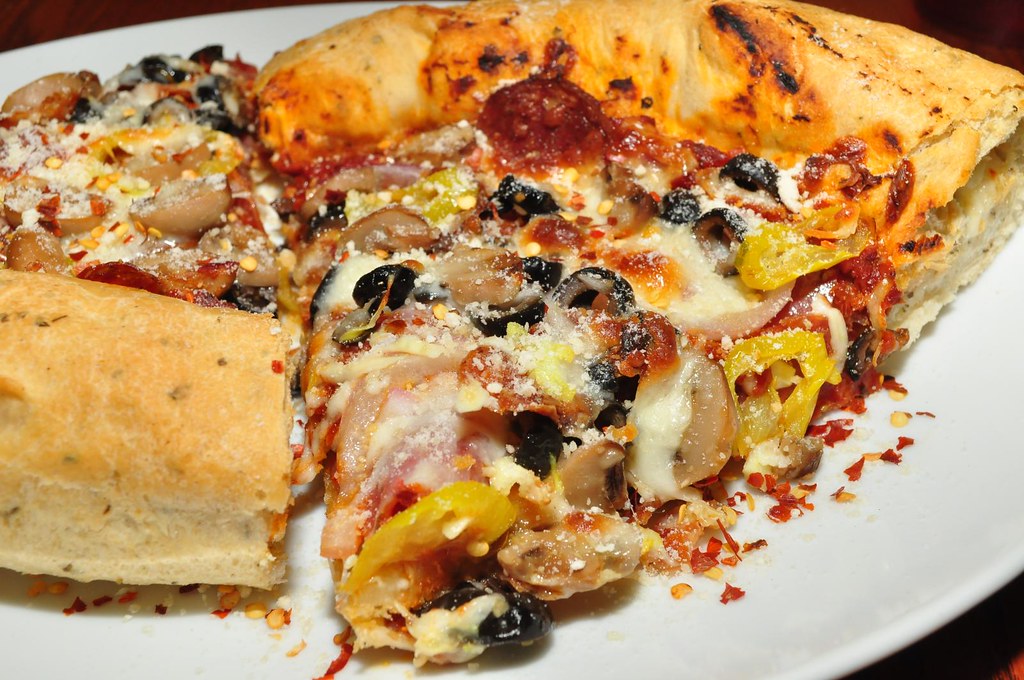Have you ever found yourself in the midst of cooking, your hands coated in flour, desperately scrolling back to the top of an online recipe to check the exact amount of baking powder needed for your cake? If so, you’re not alone. Many of us wish that recipes would reiterate ingredient amounts within the body of the text, making the process smoother and less disruptive. But let’s take a moment to consider why this isn’t always the case, and why, perhaps, it doesn’t need to be.

Cooking isn’t about precise measurements, but about guesstimating and intuition.
This approach to cooking is rooted in tradition and personal experience. Take, for example, the way I learned to cook rice. It was never about the exact cups of water but about the level it reached on my finger when dipped into the pot. This method, passed down through generations, is about feel and instinct, not rigid adherence to measurements.
This intuitive style of cooking is particularly suited to home cooking, where flexibility is key. It allows for adjustments based on what’s in your pantry, the freshness of your spices, and even the weather outside. It’s about tasting as you go and trusting your senses to guide you. While this might not work for the precision required in baking, it’s perfect for the everyday creation of nourishing meals.
Variability in ingredients and preferences means what works for one person may not work for another.
Fresh spices versus old, different brands, and even altitude can affect the outcome of a dish. That’s why it’s more important to understand the technique and the ‘why’ behind a recipe, rather than just following it to the letter. It’s about learning to make adjustments that suit your taste and dietary needs.
In the world of online recipes and cooking shows, we often encounter the idea that there’s a ‘perfect’ way to cook something. But the truth is, cooking is personal. It’s about making a dish that tastes good to you. That’s why I advocate for using recipes as a source of inspiration rather than a strict set of instructions. It’s about giving you the tools to experiment and make a dish your own.
While it’s understandable to want clear and repeated measurements in a recipe, there’s also something to be said for the freedom and creativity that comes from a less structured approach.
Embracing cooking is a creative journey.
The joy of personalizing recipes is not just about tweaking a dish to your liking, but about making each meal a reflection of your individuality. Let’s dive into the world of culinary customization and discover how to make each dish distinctly your own.

When it comes to personalizing recipes, the first step is to understand the foundation of the dish you’re preparing. This means recognizing the core ingredients and the role they play in the overall flavor profile. Once you have a grasp on the basics, you can start to experiment. For instance, if a recipe calls for a certain type of cheese, but you prefer another, go ahead and make the switch. The same goes for spices – if you’re not a fan of cilantro, perhaps parsley or basil could be your herb of choice.
It’s also important to consider the texture of your dish.
If a recipe suggests boiling vegetables but you enjoy a bit of crunch, try blanching them instead. This slight modification can transform the eating experience without straying too far from the original concept. Similarly, if a sauce is too thick for your liking, thin it out with a splash of stock or water until it reaches your desired consistency.
Adapting recipes to fit dietary needs is key.
Whether you’re vegetarian, vegan, gluten-free, or have specific allergies, there’s always room for modification. Use plant-based substitutes for meat, gluten-free flour for baking, or omit allergens altogether. The key is to find alternatives that not only meet your requirements but also complement the flavors of the dish.
Do not forget about the power of garnishes and final touches.
A sprinkle of fresh herbs, a drizzle of quality olive oil, or a zest of citrus can elevate a dish from good to great. These small additions are where you can really let your personality shine through. They’re also an opportunity to add a pop of color or an extra layer of flavor that makes the dish uniquely yours.
It’s true that baking is a science, and altering ingredients can sometimes lead to less than stellar results. However, even in baking, there’s room for personalization. Once you’re comfortable with the basic recipe, try adding different mix-ins like nuts, dried fruits, or chocolate chips. Play with extracts and zests to infuse new flavors into your baked goods. And when it comes to decorating, the sky’s the limit – let your artistic side run wild with frostings, glazes, and toppings.
As you become more confident in the kitchen, you’ll start to develop a sense of what works and what doesn’t. You’ll learn that cooking is not just about following a set of instructions, but about making decisions that suit your taste and lifestyle. Remember, recipes are not set in stone; they’re starting points for you to build upon.
In embracing this approach, you’ll also discover the joy of sharing your personalized creations with others. Cooking for friends and family becomes an act of love, a way to express yourself through the dishes you serve. Each meal tells a story, your story, and there’s nothing more satisfying than seeing your loved ones enjoy a dish that you’ve tailored just for them.
The art of personalizing recipes is a celebration of individuality in the kitchen. It’s about taking ownership of your cooking, experimenting with flavors and textures, and ultimately, creating dishes that resonate with your personal palate. Make that recipe your own, and relish in the joy of cooking that’s truly tailored to you. After all, as the saying goes, ‘the best ingredient is always love,’ and what could be more personal than that?
Related posts:
Why aren’t there any measurements or specified amounts?
Should Bloggers be Praised for Recipes They Don’t Write?
J. Kenji López-Alt Says You’re Cooking Just Fine





